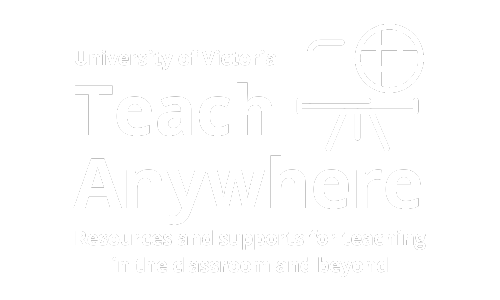Jane Butterfield is passionate about the language of mathematical notation and helping others develop their literacy and fluency skills in this area by clarifying syntax and structure, as well as supporting the decoding of mathematical notation.
Butterfield verbalizes written work whenever working with students in Math courses or the Math and Stats Assistance Centre, so students can see and hear explanations simultaneously, which facilitates their understanding of complex content (1.3). Butterfield also encourages students’ vocalization of mathematical notation as they do their work. This practice serves two purposes: it reinforces students’ learning of mathematical language and concepts and also offers insights into student comprehension. When introducing antiderivatives, Butterfield focuses on writing order of mathematical notation which helps build students’ understanding of fundamental concepts.
Recognizing that mathematical notation can be unclear at times, Butterfield promotes the use of clarifying language/helper words (2.2, 2.3). For instance, instead of saying, “Let f be continuous at (1, 2)”, it is clarified as: “Let f be continuous at the point (1, 2)”; and rather than stating, “Let f be continuous on (1, 2)”, it is specified as: “Let f be continuous on the interval (1, 2)”. The helper words “the point” and “the interval” help mitigate potential ambiguity as to what is being referenced in the statements. Such distinctions prove especially beneficial for students for whom English is an additional language.
Lastly, understanding the paramount importance of accessible content, Butterfield has contributed to and makes use of the Math & Stats Department’s open education resources authored in PreTeXt, a markup language that produced e-books compatible with assistive technologies like screen readers.
By utilizing these different practices and resources, Butterfield seeks to make learning more accessible for different learners (4.2).

Jane Butterfield
Mathematics and Statistics
View the principle in action
- Math and Stats Assistance Centre website
- Integral example (sequence showing the order in which you’d write the mathematics to line up with the order which you speak it)
